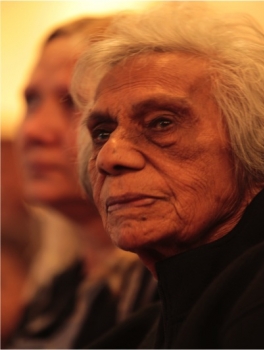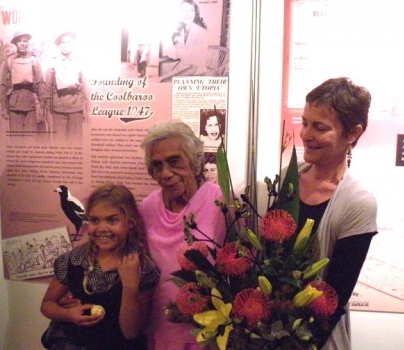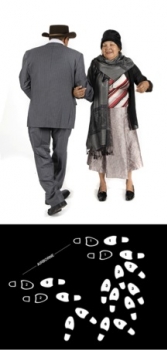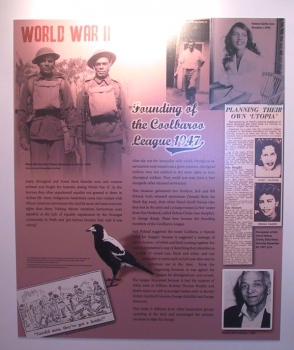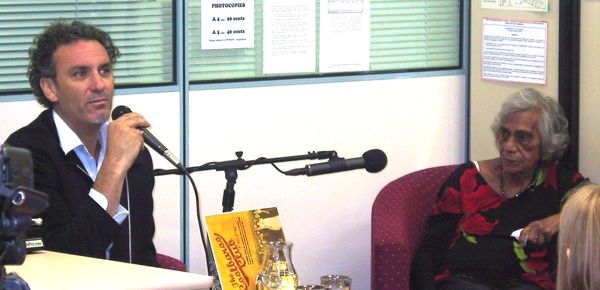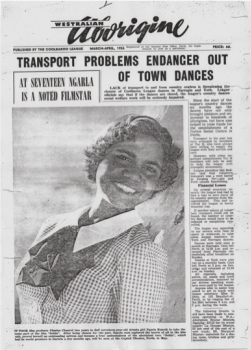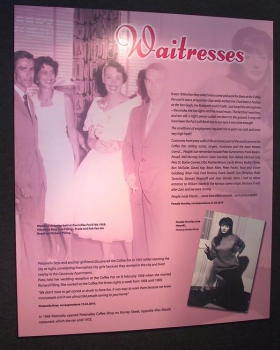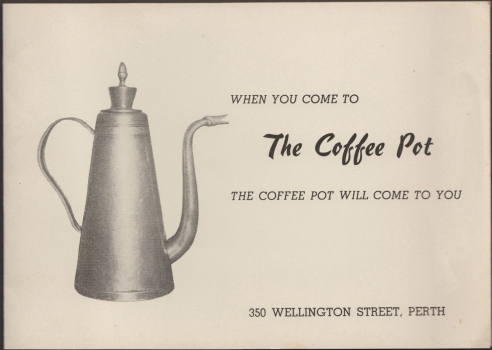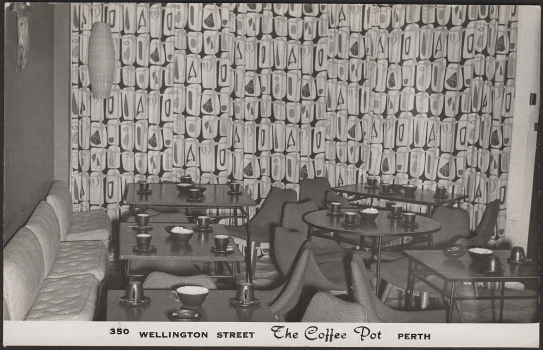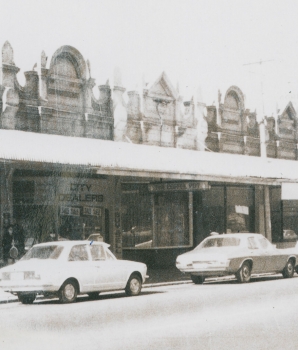The Coolbaroo Club 2010
The Coffee Pot and the Coolbaroo Club, two extraordinary places in 1950’s Perth - was a history exhibition held in the foyer of the Perth Town Hall from 20 October to Sunday 5 November 2010.
I curated the exhibition in my role as Memorabilia Curator at the City of Perth. I could not have done so without the kind support and advice of Stephen Kinnane - see his documentary The Coolbaroo Club (made with Lauren Marsh in 1996), distributed through Ronin Films and read his wonderful book Shadow Lines (Fremantle Arts Centre Press).
The exhibition explored the role of two different social venues in Perth in the 1950’s. This exhibition was valuable on many levels. It not only raised the visibility of contemporary Aboriginal history in the City of Perth but enabled staff to make connections with leaders in the Indigenous community and open the possibility of working together in the future.
At the opening event, after a moving ‘welcome to country’ given by the Rev. Sealin Garlett, Mrs Helena Murphy (nee Clarke) was was honoured for the part she played as one of the founding members of the Coolbaroo League in 1947. 92 yr old Ms Murphy came down from Darwin for the opening and also took part in an oral history interview with Stephen Kinnane for the Local History Library,
“The video is very touching. Helena reminds me of Rosa Park in America. Quite a brave person - I admire people like that”
Sri Gregory, Laurel MD, USA, 20.10.10
Two catalogues were published by the City of Perth for this exhibition:
a small A4 catalogue documenting the Coffee Pot.
and a 12 page catalogue The Coolbaroo Club 1947-1960
The ISBN no for this catalogue is 978-0-9808513-0-4.
The design of the panels, invitation and catalogue was undertaken by Lauren Wilhelm.
The event enabled the City of Perth to commission a new work by contemporary Indigenous artist Dianne Jones (large scale photographs about her parents experience meeting at the Coolbaroo Club).
A general description of the exhibition can be read in theis Press release:
This exhibition examines two extraordinary places that operated in the late 50’s and early 60’s in Perth. In a time of modernisation and change, these two places were very important, not only providing places of entertainment and community but in a very real sense they offered a haven from the conservatism and discrimination that pervaded Perth at the time.
The Coffee Pot was a tiny, smoky, late night venue at 350 Wellington St. It was run by Dutch migrants, Prada and Rob van der Nagel and served perculated coffee and delicious home cooked cakes and spring rolls. At a time when most venues closed at 8pm it became the ‘place to go’ after dances at the Embassy and Canterbury Court Ballrooms, after late shifts for nurses from Royal Perth Hospital, after the public library closed for Trainee teachers and other Uni students and after theatre performances for actors and musicians. At a time when homosexuality was deemed an illegal ‘vice’, the Coffee Pot also welcomed the ‘camp’ community. It encouraged a sophisticated, arty crowd, who thrived on coffee and conversation. The Coffee Pot did not serve alcohol but that did not stop people from staying until 3am on weekends listening to the latest jazz records.
The Coolbaroo Club was a Friday night Dance, held first in halls in East Perth and then in Newcastle St. It was not in the City of Perth for a very good reason!
When the Coolbaroo League was formed in 1946 Perth treated its Indigenous population to a form of unofficial Apartheid. Aboriginal people were not allowed into most of the CBD unless they had a permit and suffered continual police harassment. A prohibited area around the city was in operation from 1927 until 1954 and a curfew existed which excluded aboriginal people from the city for any reason after 6pm. Aboriginal people had no rights and lived under the strict control of the Chief Protector and the Natives Affairs Department, later the Native Welfare Department.
Life was intolerable and in 1946 the League formed to try to change things. Coolbaroo, a word for 'Magpie,' was suggested by returned Yamatji servicemen Jack and Bill Poland and came to represent a message of reconciliation, of black and white coming together. The dances were run by Aboriginal people and white people attended by invitation. Sometimes up to 300 people attended the dances, which were visited by other black artists such as Nat King Cole and the Harlem Blackbirds. When the dances finished in 1960 the Coolbaroo League had grown to become an Aboriginal-controlled community organisation responsible for running the 'Westralian Aborigine' newspaper; lobbying the state government on issues such as the removal of children, citizenship laws, deaths in custody and members had established the Western Australian Native Welfare Council (from 1963 the Aboriginal Advancement Council of Western Australia). In1960 Aboriginal people become eligible for social service benefits and finally in 1962 were given the Right to vote. It was not until 1965 Aboriginal workers received equal wages and 1967 that Aboriginal People were counted in the census as Australians.
